How Big Is Playtime Co Factory? [2025]
Poppy Playtime doesn’t just scare you, it swallows you whole. The moment you step into the abandoned Playtime Co factory, it’s clear this place is massive. Long, echoing hallways, endless conveyor belts, hidden tunnels, every turn raises the same question: how big is Playtime Co Factory really?
The game never gives an exact map, but from Chapter 1’s toy production rooms to the sprawling Playcare facility in Chapter 3, the factory’s layout suggests something far larger than a simple toy warehouse. It feels more like a city built for secrets and toys that never wanted to be forgotten.
In this post, we’ll break down the size and scale of Playtime Co, explore the known areas, and dive into some fan theories that might just reveal how enormous this place truly is.
What Is Playtime Co?
Before we measure the size of the place, it helps to know what we’re actually looking at. Playtime Co, in the world of Poppy Playtime, was once a booming toy manufacturer, think Willy Wonka’s factory, but replace the candy with rubber arms, oversized plushies, and dark experiments nobody signed up for.
Founded in the 1960s, Playtime Company was known for creating wildly popular toys like Huggy Wuggy, Cat-Bee, and of course, Poppy. But behind the colorful branding and jingles, something strange was going on. Employees disappeared, the factory shut down, and what was left behind became the setting for one of the creepiest indie horror games in recent memory.
The Poppy Playtime toy factory isn’t just big, it was built to house testing labs, innovation wings, power stations, storage units, and even childcare areas like Playcare. It was more than a workplace. It was a self-contained world, and that’s what makes its factory layout so interesting to explore.
Understanding the purpose behind the design helps explain the sheer scale. This wasn’t just a place to build toys, it was a place to hide things. And that scale? It becomes part of the horror.
Estimating The Factory Size?
So, how big is Playtime Co Factory, really? While the game never gives us an official square footage, the answer is somewhere between “big enough to get lost” and “why does a toy company need this many tunnels?”
From the moment you enter the facility in Chapter 1, it’s clear this isn’t just a simple warehouse. You pass through offices, puzzle areas, massive machinery rooms, and an entire toy production line, all before things even get weird. As new chapters unlock more of the map, you find places like the Game Station, the deep maintenance sectors, and Playcare, which feels like a twisted underground daycare for… experiments?
Here’s the wild part: fans have tried estimating the factory’s total size using in-game models and character scaling. Some believe the Playtime Co factory could stretch over hundreds of thousands of square feet, comparable to large industrial sites or even theme parks. It’s not just wide, it’s layered, with hidden elevators, underground labs, and hallways that never seem to end.
The layout plays a psychological trick on players. The deeper you go, the more claustrophobic it feels, even though the spaces are huge. That’s intentional. The size isn’t just for show it’s part of the tension. Every oversized hallway reminds you: you’re small, alone, and something else might be lurking in the dark.
Room-by-Room Analysis
To get a clearer sense of how big the Playtime Co factory really is, let’s break it down by the major areas players explore across the chapters. While we don’t have a master blueprint, the game gives us just enough to start piecing the puzzle together.
Entrance Lobby
The opening space in Chapter 1 sets the tone. It’s a wide, echoey lobby with high ceilings, security offices, and the iconic Huggy Wuggy statue. It already feels bigger than most indie horror game starting areas, and it’s only the front door.
Production Wing
Here’s where you first see just how industrial the place really is. Conveyor belts, toy assembly stations, massive overhead cranes, it’s like a factory floor designed for giants. The factory layout stretches both horizontally and vertically, suggesting multiple levels hidden in the dark.
Power & Puzzle Rooms
Scattered throughout are power relay rooms, control stations, and interactive puzzle zones. These rooms often connect to other areas in non-linear ways, hinting at an intricate Playtime Co map that winds in every direction.
Game Station (Chapter 2)
This one’s huge. The Game Station includes three separate minigame wings, train tracks, and control hubs, all with different aesthetics and functions. This area alone feels like it could take up a whole building.
Playcare & Maintenance Tunnels (Chapter 3)
By Chapter 3, the factory starts showing its underground side. Playcare introduces dorms, daycares, and strange testing chambers, all buried beneath the surface. The deeper you go, the more you realize this isn’t just a toy factory, it’s an underground complex with secrets stacked floor after floor.
From what we’ve seen so far, the room sizes in Poppy Playtime aren’t just big, they’re deliberately oversized to make you feel small, vulnerable, and constantly off-balance.
Total Estimated Square Footage
Now that we’ve toured the main rooms, let’s talk numbers. While Poppy Playtime never drops a measurement, fans and content creators have tried piecing it together from in-game models and character proportions. The rough consensus? The Playtime Co facility could easily span over 200,000 to 500,000 square feet, and that might be a conservative estimate.
To put that into perspective, that’s bigger than the average shopping mall and on par with some full-blown industrial complexes. And that’s just what we’ve seen so far. With each chapter revealing new wings, sublevels, and multi-story structures, it’s safe to say the factory’s scale is meant to feel overwhelming.
Even Huggy Wuggy himself adds to the sense of scale. His towering figure, nearly 10 feet tall, fits comfortably in most rooms, which suggests the entire facility was either made for unusually large “employees”… or something else entirely.
The true size of the Poppy Playtime factory might never be fully revealed, but its endless corridors and deep, branching levels tell us one thing for sure: this place was built to be more than just a toy workshop. It’s a sprawling, secretive maze, and we’ve probably only seen a fraction of it.
Hidden Areas and Underground Sections
As much as we’ve explored, the Poppy Playtime Co Factory still has a lot of secrets lurking beneath the surface, literally. As you delve deeper into the factory, particularly in Chapter 2 and Chapter 3, it becomes clear that the factory’s true size isn’t just above ground. There’s an entire underground network of hidden rooms and maintenance tunnels that make the factory feel endlessly expansive.
Secret Tunnels & Maintenance Shafts
Hidden passageways are scattered throughout the facility, leading to even more mysterious locations. Some are used for maintenance or power, while others seem to have no clear purpose. These secret tunnels add a whole new dimension to the factory’s layout, connecting far-off rooms and opening up possibilities for terrifying encounters with the game’s many creatures.
Playcare’s Underground Complex
By the time you reach Playcare in Chapter 3, it’s clear this isn’t just a daycare, it’s a hidden laboratory in the heart of the factory. The Playcare area feels like a parallel world, buried beneath the normal operations of the facility. It’s filled with creepy, almost dystopian elements, suggesting that the factory’s true purpose had always been far darker than it seemed on the surface.
Unseen Rooms
Some areas of the factory are just glimpsed from a distance. We can see shadowy figures in windows, doors that refuse to open, and rooms that seem to go on forever yet we never quite enter them. These unseen factory rooms might just be locked away forever, but they add to the mystery of how large the Playtime Co facility really is. Could there be even more secrets buried deeper in the factory? Fans sure think so.
It’s not just the size of the factory that’s unsettling, it’s the sheer number of places we can’t access, making the place feel infinitely bigger than we ever could explore.
Developer Insights & Fan Theories
The mystery behind the Poppy Playtime Co Factory is so compelling that fans have come up with all kinds of wild theories about its size and purpose. While the developers have been tight-lipped about some aspects of the factory’s layout, there are still a few insights and hints that offer clues to the factory’s true scale.
Hints from the Developers
The game’s creators have dropped a few tidbits about the design of the factory. For example, they’ve mentioned in interviews that they wanted the environment to feel “alive,” almost like a character itself. That’s why the Playtime Co factory is so much more than a backdrop, it’s an integral part of the horror experience. The factory’s sprawling layout and endless corridors are designed to disorient players, making the size feel almost limitless.
There’s also the idea that the factory design was purposely meant to evoke feelings of claustrophobia. Even though it’s massive, the way the rooms are structured and the spaces are divided makes you feel small. It’s not just about size; it’s about how the space plays with your mind.
Fan Theories About Playtime Co’s True Size
Fans have taken it upon themselves to break down the factory’s layout, using video footage, in-game maps, and scaling tools. Some have even proposed that there’s a hidden level we haven’t seen, suggesting there’s an entire floor or underground area designed for some otherworldly purpose.
A popular theory is that the factory’s size is intentionally inconsistent. It’s like a “TARDIS effect,” what appears to be one small area suddenly expands into something huge, creating an unnerving feeling that the factory could stretch forever.
Others believe that the factory’s size is part of a larger narrative. Some speculate that Playtime Co wasn’t just creating toys. it was manufacturing something more sinister. Could the factory’s expansive layout be hiding a secret military or scientific facility? Or maybe the factory is part of a far larger conspiracy, with tunnels leading to hidden corporate labs or other locations entirely?
The “Maze” Theory
One common fan theory is the idea that the factory itself is designed as a giant maze. Players navigate the spaces, but the factory might be far more complex than we realize. Hidden areas, like the maintenance tunnels and underground complexes, could be the key to revealing the true scale of Playtime Co. Some believe that the factory was intentionally designed to confuse and trap workers (or perhaps its toys) in a never-ending loop.
Whether these theories are just creative thinking or have some truth to them, one thing’s clear: the Playtime Co factory’s size is more than just its physical dimensions. It’s part of a larger mystery, one that fans are still working to uncover.
Why the Factory’s Size Matters to the Game
So, we’ve talked about the sheer size of the Poppy Playtime Co Factory, but have you ever wondered why it’s so big? The factory’s enormous scale isn’t just there to overwhelm, it plays a huge role in making the game’s atmosphere terrifying and keeping players on edge.
Making You Feel Small
One of the most effective ways the game uses its factory’s massive layout is by making you feel small, lost, and completely isolated. The endless corridors and huge production rooms aren’t just set pieces, they’re designed to make you feel insignificant. And when you’re trying to solve puzzles, outrun Huggy Wuggy, or hide from whatever else lurks in the dark, that sense of being small in a huge space only heightens the tension.
As you explore, you realize that even though the factory feels like it stretches on forever, it’s also incredibly easy to get lost. This adds a psychological element to the horror. The bigger the factory, the more room there is for danger, surprises, and even the unsettling feeling that something’s always one step ahead of you.
The Factory as a Maze
The size also contributes to the maze-like layout of the game. In some areas, you’ll have to backtrack, navigate hidden doors, or use secret passageways to progress. This deliberate design makes it easy to lose track of where you are, and it builds a sense of disorientation. The Poppy Playtime factory’s size amplifies the fear of being trapped or pursued, which is a key part of the horror experience.
Comparison with Other Game Factories
Now that we’ve explored just how massive and eerie the Poppy Playtime Co Factory is, let’s take a moment to compare it to other famous factory settings in gaming. It turns out, Playtime Co isn’t the only factory that’s both huge and deeply unsettling. But what sets it apart?
Resident Evil’s Spencer Mansion
In many ways, Playtime Co shares a similar eerie atmosphere with the Spencer Mansion from Resident Evil. Both locations are massive, filled with secrets, and home to strange, almost unnatural experiments. However, Playtime Co feels far more industrial and isolated, while the Spencer Mansion mixes Victorian architecture with underground labs, Playtime Co is a much colder, industrial space, making it feel even more impersonal and ominous.
Half-Life’s Black Mesa Research Facility
Another game that offers a similar factory-like setting is Half-Life’s Black Mesa facility. While Black Mesa is more scientific research center than toy factory, both locations have an enormous size that’s used to create a feeling of claustrophobic tension. The key difference, though, is that Playtime Co leans more into horror through its unnerving toy-themed elements, while Black Mesa focuses on alien creatures and government conspiracies.
The Stanley Parable’s Offices
The Stanley Parable is a game that, on the surface, seems less menacing but still plays with the concept of size. The game’s office building is far smaller than the sprawling Playtime Co factory, but it shares a similar feeling of being trapped in an endless maze. Where Stanley’s office is a satirical look at corporate life, Playtime Co’s playful yet sinister factory design constantly reminds you that it’s a place of horror and twisted experimentation.
Why Playtime Co Is Unique
While other factories in games share some common traits (size, secrecy, and danger) what makes Poppy Playtime’s factory stand out is its unique combination of industrial design with unsettling toy themes. The factory’s sheer size in Poppy Playtime amplifies its mystery and horror, creating a space that feels both too big to fully explore and too small to escape from.
Frequently Asked Questions
1. Is Playtime.co a real factory?
No, Playtime.co is not a real factory. It is a fictional company featured in the video game Poppy Playtime, developed by MOB Games. The factory setting is part of the game’s storyline and atmosphere.
2. Was Playtime Co an orphanage?
No, Playtime Co was not an orphanage. In the Poppy Playtime universe, it is portrayed as a toy manufacturing company. However, fan theories and in-game lore hint at darker secrets involving children, which may contribute to the confusion.
3. Who is the CEO of Playtime Co?
In the game’s lore, the CEO of Playtime Co has not been clearly identified by name. The character is shrouded in mystery and has not yet been fully revealed in the Poppy Playtime series.
4. Is Project Playtime safe?
Project Playtime is a multiplayer horror game. While it is safe to play in terms of digital security from the official source (Steam), it may not be suitable for younger audiences due to horror themes and frightening content. Parents should review the content before allowing children to play.


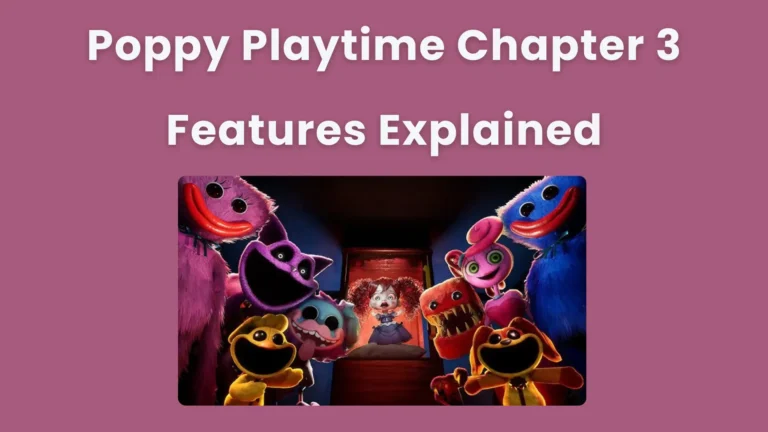

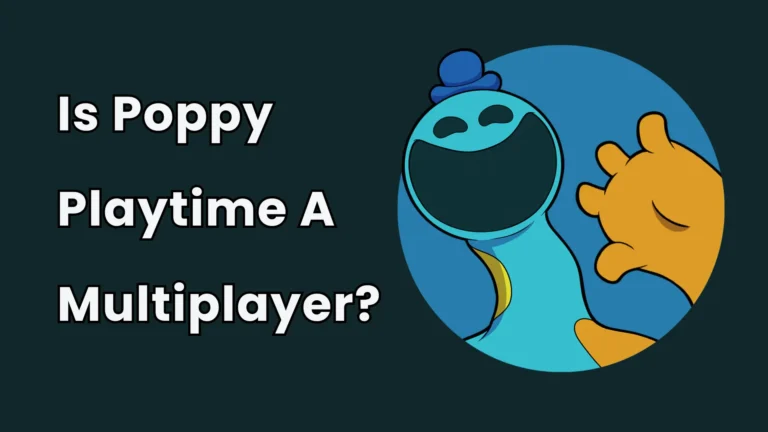
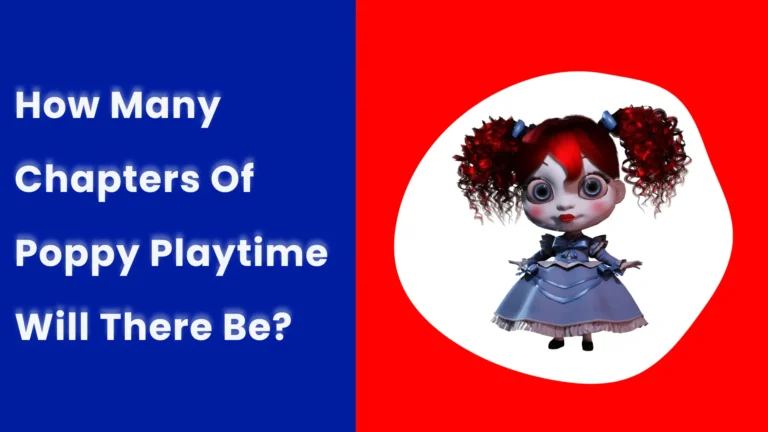
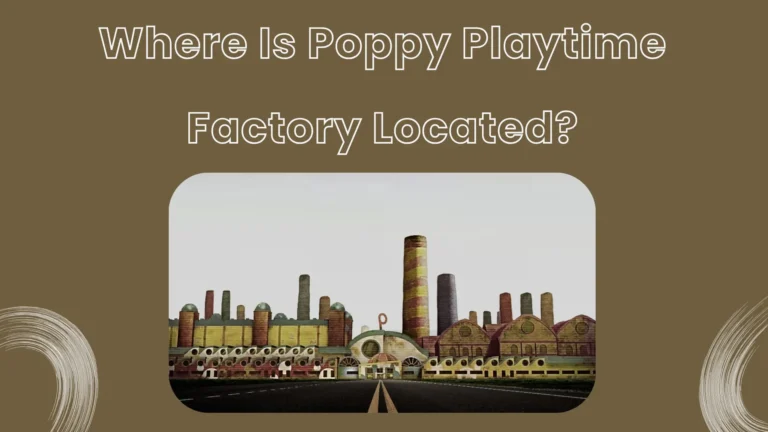
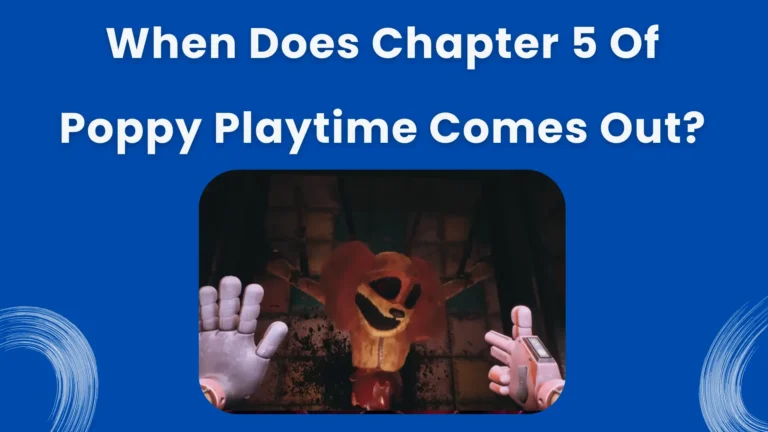
One Comment